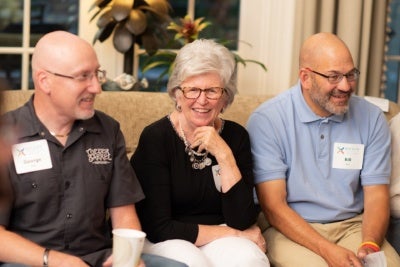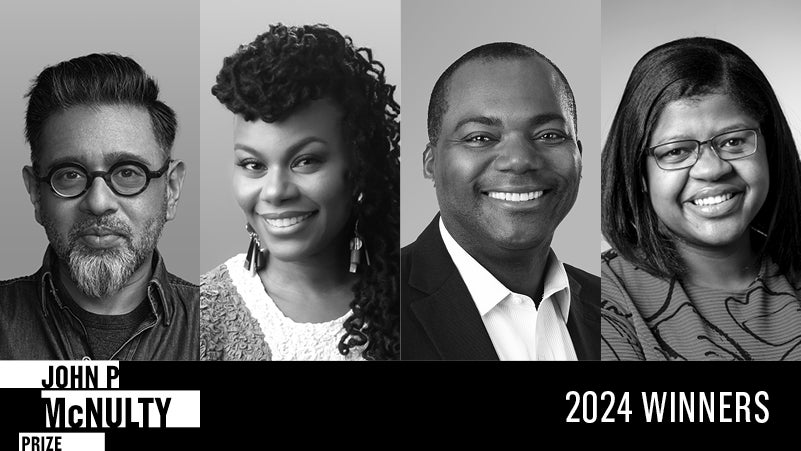![]() Wilkesboro is a town of about 3,500 in northwestern North Carolina. It’s 81 percent white with a median income of about $35,000 and it sits in a county where three-quarters of the voters went for Donald Trump.
Wilkesboro is a town of about 3,500 in northwestern North Carolina. It’s 81 percent white with a median income of about $35,000 and it sits in a county where three-quarters of the voters went for Donald Trump.
Wilkesboro and its neighboring town, North Wilkesboro, were once a thriving business center. Lowes, the American Furniture Company, Holly Farms and Northwestern Bank were there, along with large mirror and furniture manufacturers. But those employers have either moved out, gone bankrupt or been acquired by someone else. About a decade ago, the town was hit hard by the Opioid epidemic. There was no place for young people to gather and no place for them to work.
But the town has strengths and is now rebuilding around them. First, it has a strong identity. Part of that identity comes from being Appalachian, having a distinct historic lineage, a culture of loyalty to each other, especially when attacked by outsiders. Part of the identity comes from what they’ve already accomplished. “We’ve had a lot of great things created in Wilkes,” says Nate, a coffee shop owner and home remodeler in North Wilkesboro. “That’s what we do in Wilkes, building things out of nothing. There’s a passion to do that.”
 Second, there is a shared narrative. A community is, in part, a group of people organized around a common story. Nearly everybody we met tells a redemption narrative: decline, endurance, revival. “Everyone’s ashamed,” says LB. “We’re the town of abandoned factories. We’re the town that survived that! We’re a history of makers. We have made it. We know how to do it.”
Second, there is a shared narrative. A community is, in part, a group of people organized around a common story. Nearly everybody we met tells a redemption narrative: decline, endurance, revival. “Everyone’s ashamed,” says LB. “We’re the town of abandoned factories. We’re the town that survived that! We’re a history of makers. We have made it. We know how to do it.”
Third, it has a common project. Communities don’t come together for the sake of community, they come together to build something together. In Wilkesboro, the common project is place making. We have a tendency to think the social fabric is in tatters because the culture is bad or economic forces are ripping everything to shreds. But sometimes, the sociologist Klinenberg argues, there are no places for people to get together.
Klinenberg did a study of where people were left alone to die during a heat wave that hit Chicago in 1995. Some neighborhoods had concentrations of deaths. Other neighborhoods, with the same demographics, had no deaths at all. The difference was social infrastructure—places like libraries, coffee shops, community centers—the physical infrastructure where relationships happen. Some neighborhoods had places like this, and others lacked them. Where they were lacking, community is weak, and people died.
Wilkesboro was also one of those places with a poor social infrastructure, with a paucity of physical places that nurture relationship. There had been a bowling alley in town, but it burned down, and nobody rebuilt it. Today there are people from all walks of life trying to build places where relationships can form. They are starting coffee shops, health clubs, performance spaces, distilleries, teen nights, art galleries and music festivals.
Wilkesboro sits in an astonishingly beautiful part of the state. It’s perfect driving distance for a weekend getaway for people from Charlotte. The vision is to build a place people will come to and stay in.
What’s fascinating is how cohesive this vision of recovery is, across many people, who, being people, sometimes feud and fuss. There is, so far, not a single coordinating body to organize the response, but places are being built. We often tell individual stories of success, but in Wilkesboro, the community is the hero.

